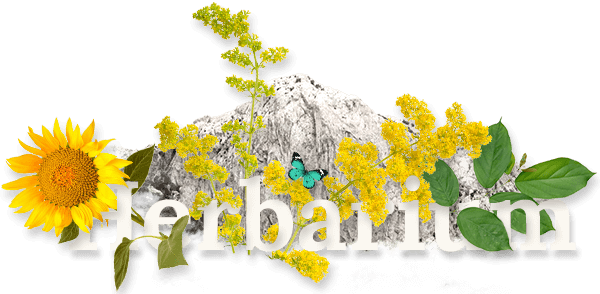Izradu internetske stranice sufinancirala je Europska unija u okviru operativnog programa Konkurentnost i kohezija iz Europskog fonda za regionalni razvoj.
saznajte više

THISTLE
lat. Silybum marianum
Other names: Bull thistle, emetic root, frauendistel, fruit de chardon marie, heal thistle, holy thistle, lady’s thistle, Marian thistle, mariendistel, Mary thistle, Mediterranean thistle, mild thistle, milk ipecac, our lady’s thistle, pig leaves, royal thistle, snake milk, sow thistle, St. Mary’s thistle, thisylin, venue thistle, variegated thistle, wild artichoke.
Scroll
Habitat:
Silybum marianum is native to a narrow area of the Mediterranean, but has been naturalized throughout Europe and along the chaparral coastal area of California in the United States. Its preferred habitat is a dry, sunny area.
Plant Description:
The name milk thistle refers to white streaks along the leaf veins. Milk thistle reaches a height of 4-10 feet, with spiny stems branching at the top. The leaves are wide with the white blotches and white along the leaf veins that give it this herb its name. The flowers are red-purple. The fruit is hard-skinned, brown, spotted, and shiny.
Plant Parts Used:
Commonly, the seeds; however throughout history virtually all the above-ground parts of the plants have been used as both food and medicine.
Pharmaceutical use:
In Germany the plant is often depicted as a religious symbol associated with the Virgin Mary; the species name “marianum” honors this symbolic association. According to popular legend, the milky white fluid that comes from the leaves when crushed is the milk of the Virgin Mary.
The active constituents of milk thistle are flavonoids (silybin, silydianin, and silychristin); essential oil; bitter principle; mucilage and its actions are cholagogues (release and secretion of bile from the gall bladder), galactagogue (help the breastfeeding mother to increase the flow of mother’s milk), and demulcent (soothe and protect irritated or inflamed internal tissue), antioxidant and anti-inflammatory. Since antiquity, milk thistle seeds have been used for the treatment of liver disease. Milk thistle is referred to in the earliest Greek writings as a liver-protecting herb. Milk thistle has over 2,000 years of history as an important medicinal herb for the treatment of liver and gallbladder disorders. At one time or another, all parts of the plant have been used both as food and medicine with few reports of toxicity aside from a mild laxative effect in some patients. Pliny the Elder (A.D. 23-79), the first-century Roman physician and naturalist, wrote about the use of milk thistle as a vegetable and considered it an excellent herb for liver related conditions. Numerous well-designed clinical trials conducted in Europe, primarily in Germany, show therapeutic value of silymarin as a treatment for metabolic liver damage, chronic hepatitis, and bile duct inflammation, including conditions, brought about by alcohol, drugs (psychopharmaceuticals) and chronic liver disease.Preliminary studies from laboratory experiments report that the silymarin and silibinin in milk thistle may reduce the growth of human breast, cervical, and prostate cancer cells. Preliminary studies of the herb for treatment of diabetes suggest possible improvements of blood sugar control. Studies demonstrate the ability of silymarin to protect the liver by accelerating the normalization of impaired liver function. Improvements in liver function include serum levels of GOT (glutamic-oxalacetic transaminase), GPT (glutamic-pyruvic transaminase) and GGT (gamma-glutamyl transpeptidase).
Cautions:
Please be aware that herbs, although natural can interact with certain medications, and that they may be ill advised to use under certain health conditions. Please consult a qualified health practitioner for cautions pertinent to you.
No therapeutic claim is made or intended for AZENA products. Information is for educational purposes only.




